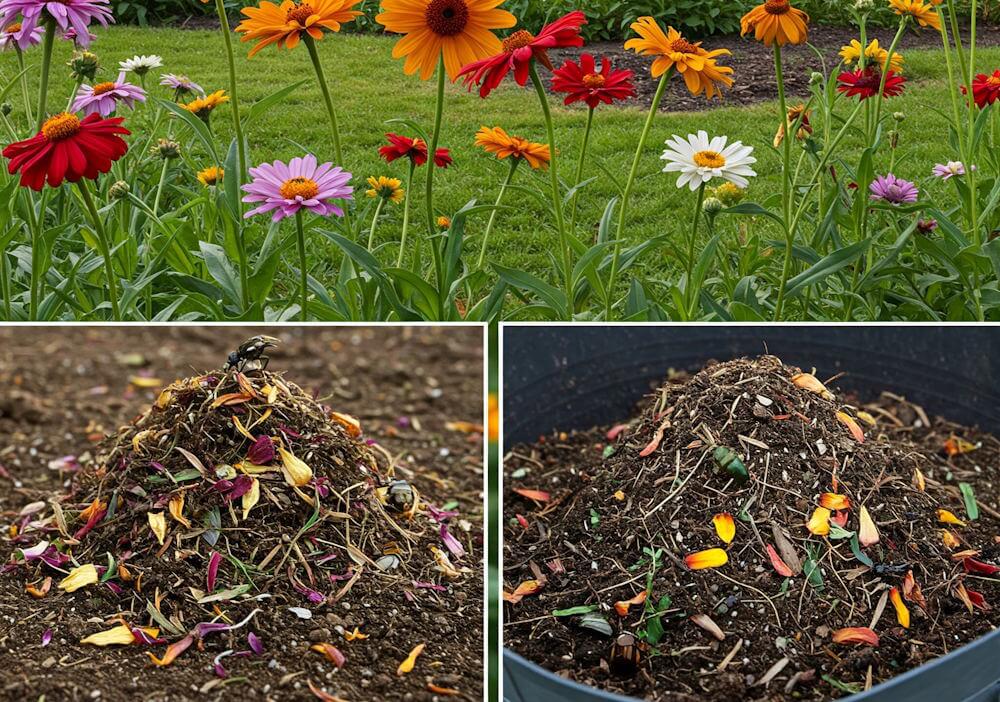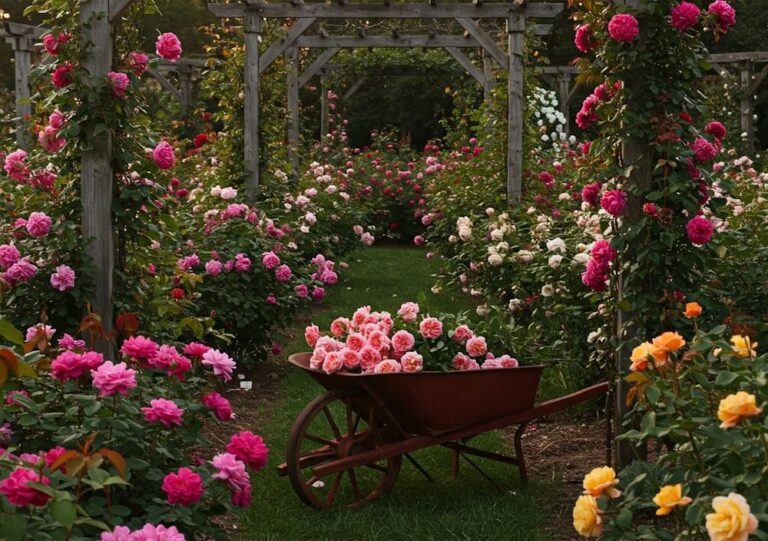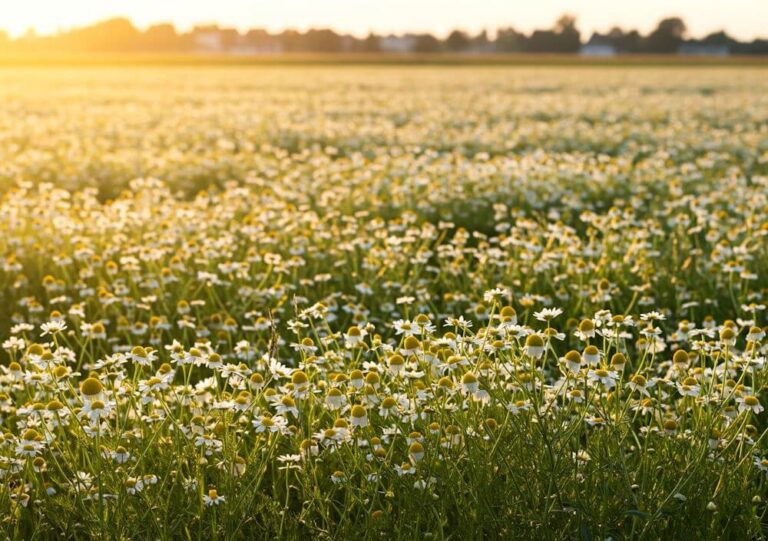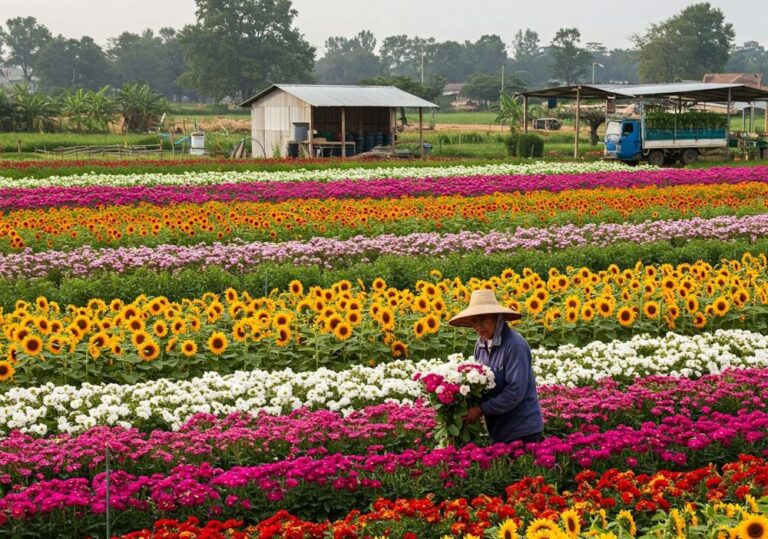Flower waste refers to the leftovers that arise from the cultivation, arrangement, and disposal of flowers. This organic material presents itself in various forms, including petals, stems, leaves, and entire floral arrangements that are no longer suitable for display. Common sources of flower waste include home gardens, professional florists, and events such as weddings, funerals, and corporate gatherings, where large quantities of flowers are used. Each of these sources contributes significantly to the overall volume of organic waste generated globally.
The issue of flower waste is increasingly relevant in discussions surrounding environmental sustainability. In an era where waste management and recycling play a crucial role in maintaining ecological balance, it is essential to consider how we handle floral byproducts. When discarded in landfills, flower waste can contribute to methane emissions, a potent greenhouse gas that exacerbates climate change. Understanding the journey of flower waste from its point of origin to its ultimate fate is vital for adopting more eco-friendly practices.
Fortunately, flower waste can become a valuable resource when managed responsibly. By composting flower remnants, individuals can divert organic material away from landfills while simultaneously enriching soil health. This not only helps in reducing the volume of waste but also promotes a sustainable cycle where nutrients are returned to the earth. Moreover, communities that engage in composting practices can foster stronger relationships among residents, as they work together towards common environmental goals.
In the following sections, we will explore practical tips and strategies for composting flower waste effectively, as well as additional sustainable practices to enhance our interactions with flowers and nature. Through these steps, individuals can contribute positively to environmental sustainability, paving the path for a greener future.
Understanding the Benefits of Composting
Composting serves as a pivotal practice in waste management, greatly contributing to environmental sustainability. One of the primary benefits of composting, particularly flower waste, lies in its capacity to reduce landfill contributions. Organic materials, such as flowers, comprise a significant portion of landfill waste. When disposed of in landfills, these materials decompose anaerobically, releasing methane—a potent greenhouse gas that exacerbates climate change. By composting flower waste, individuals can effectively divert these materials from landfills while simultaneously reducing methane emissions.
Moreover, composting has a profound impact on soil health. The process involves the natural breakdown of organic matter, resulting in nutrient-rich compost that can enhance soil structure and fertility. This compost, derived from flower waste, contains vital nutrients that support plant growth, improve water retention, and foster beneficial microbial activity in the soil. As the soil becomes healthier, it promotes stronger plants that are more resilient to pests and diseases. This holistic approach caters to both individual gardening and larger agricultural practices.
An additional advantage of composting is its role in promoting a circular economy. By creating compost from flower waste, communities participate in a sustainable cycle where organic waste is transformed into a resource. This practice not only helps local ecosystems thrive but also encourages a shift towards more sustainable living. By recognizing the intrinsic value of composting, individuals can contribute to a healthier environment, supporting sustainability efforts while reaping the benefits of better soil and reduced waste.
In conclusion, the multifaceted advantages of composting flower waste cannot be overstated. Through waste reduction, soil enrichment, and promotion of a circular economy, composting stands as a vital practice that significantly contributes to environmental sustainability.
Types of Flower Waste Suitable for Composting
Composting flower waste is an effective method to contribute to a sustainable environment while reducing landfill waste. It is crucial to understand which types of flower waste are suitable for composting to maximize the benefits. Generally, organic materials that can be composted include wilted flowers, leaves, stems, and any other remnants from arrangements.
Wilted flowers, often discarded after a short period, are rich in nitrogen, making them excellent additions to a compost pile. To prepare them for composting, remove any non-biodegradable components, such as ribbons or plastic. For optimal decomposition, it is advisable to chop larger blooms into smaller pieces. This increases surface area, allowing microorganisms to break them down more efficiently.
Leaves from spent floral arrangements also present a valuable composting resource. Leaves decompose relatively quickly and provide essential nutrients to the compost. Ensure that leaves are free from chemical treatments or pesticides before adding them to your compost bin. A balance of green and brown materials is essential, with leaves typically classified as browns due to their carbon content. Mixing approximately one part of wilted flowers and fresh greens with two to three parts of dried leaves ensures a well-balanced compost mix.
Stems and foliage from cut flowers can also be composted, but they should be cut into smaller sections to promote faster decomposition. It is advisable to monitor moisture levels within the compost pile, as the addition of more greens from stems may increase the moisture content, requiring a proportional addition of browns to maintain the correct balance. By carefully selecting and preparing flower waste, one can create nutrient-rich compost that supports plant health and growth.
Composting Methods: Traditional vs. Bokashi
Composting has become an essential practice for those aiming to manage waste sustainably, particularly with the increasing focus on converting organic matter, such as flower waste, into nutrient-rich compost. There are several methods available for home composting, with Traditional Composting and Bokashi standing out as two popular choices. Each method comes with its own advantages and disadvantages, making them suitable for different circumstances.
Traditional composting is the more widely recognized method, involving the decomposition of organic materials such as kitchen scraps, yard waste, and, importantly, flower waste, using natural aerobic processes. This method typically requires an outdoor compost bin or pile where layers of green materials (nitrogen-rich) and brown materials (carbon-rich) are alternated to support microbial activity. The process can take several months to a year, depending on factors such as temperature, moisture levels, and the type of materials used. One of the significant advantages of traditional composting is its ability to handle larger volumes of waste. However, it can also be labor-intensive and requires adequate space and management to avoid issues such as odors and pests.
In contrast, the Bokashi method is a more modern and compact technique that utilizes a fermentation process to break down organic matter, including flower waste. This method involves layering organic materials with Bokashi bran, which is infused with effective microorganisms. The process takes less time than traditional composting, usually just a few weeks before the material can be buried or added to a composting system. One notable benefit of Bokashi is that it can handle a broader range of waste, including meat and dairy, which are not suitable for traditional composting. However, the initial cost of purchasing Bokashi bran and the need for a sealed container may deter some users.
Ultimately, the choice between traditional composting and Bokashi depends on individual circumstances, including available space, desired speed of composting, and the type of organic waste being processed. Both methods contribute to sustainable practices and encourage the recycling of flower waste into valuable compost for healthier soil and gardens.
Creating An Ideal Composting Environment
Establishing an optimal environment for composting flower waste is essential to achieve successful decomposition and minimize odors or pests. The key factors to consider when creating a conducive composting environment include temperature, moisture levels, aeration, and the selection of an appropriate composting bin.
Temperature plays a significant role in the composting process. An ideal temperature range for composting materials is between 130°F and 160°F (54°C to 71°C). At this range, beneficial microorganisms thrive, breaking down organic matter efficiently. To monitor the temperature, use a compost thermometer. If the compost pile is too cold, consider mixing in green materials like fresh flower trimmings or food scraps to heat it up. Conversely, if the temperature exceeds 160°F, turn the compost to allow cooler air in, which will help regulate heat levels.
Moisture is another crucial element that affects the composting process. The compost should be damp, resembling a moist sponge, but should not be waterlogged. If the compost is too dry, add water or green materials to increase moisture. Alternatively, if it is too wet, introduce dry materials like shredded newspaper or straw to absorb excess moisture and enhance aeration.
Aeration influences the compost’s decomposition rate as well. Regularly turning the compost pile helps introduce oxygen, essential for aerobic microorganisms that aid in breaking down flower waste. Utilize a pitchfork or compost aerator to turn the pile every few weeks, ensuring even breakdown and reducing unpleasant odors.
Lastly, the choice of composting bin can significantly impact the efficiency of the process. A balance between enclosed bins and open piles offers different benefits, with enclosed bins providing a contained environment that retains heat and moisture while limiting pests. Whichever method you choose, maintaining the right conditions in your compost will lead to a faster and more effective decomposition, transforming flower waste into rich compost for your garden.
Sustainable Practices Beyond Composting
In addition to composting, there are various sustainable practices that individuals and communities can adopt to further minimize the environmental impact of flower waste. Repurposing flowers can significantly contribute to a greener future by offering creative solutions that benefit both individuals and the planet.
One significant practice is using flower waste as mulch. By processing spent flowers and plant materials into smaller pieces, these can serve as organic mulch around plants in gardens and flower beds. This practice retains moisture in the soil, provides a protective barrier against weeds, and, as it breaks down, enriches the soil with nutrients. Utilizing flowers in this way also reduces the need for synthetic mulching products, making it an eco-friendly alternative.
Another innovative approach is creating natural dyes from flowers. Many blooms possess vibrant colors that can be extracted and used for various applications, including fabric dyeing and art projects. For instance, marigolds yield bright yellows, while hibiscus offers rich reds. This method not only adds aesthetic value to crafts and textiles but also promotes sustainability by steering clear of chemical dyes. The process involves boiling the flowers in water to release their pigments, which can then be applied to materials in home-based or community workshops.
Additionally, dried flowers can be employed in various crafts, allowing individuals to create decorative items educationally and sustainably. From wreaths to potpourri or even handcrafted greeting cards, the possibilities are endless. Engaging in these activities not only reduces waste but also introduces mindfulness and creativity into daily life.
Overall, embracing these alternatives fosters a holistic approach to the utilization of floral waste. By integrating practices such as mulch creation, natural dyeing, and crafting with dried flowers, individuals can play an integral role in promoting sustainability within their communities.
The Role of Local Communities and Initiatives
Local communities play a vital role in enhancing sustainability through the management of flower waste. Engaging in community-driven initiatives not only addresses environmental challenges but also fosters social cohesion and shared responsibility. Various community composting programs have emerged across urban and rural landscapes, allowing residents to actively participate in flower waste reduction and recycling efforts. These programs often rely on the collective contributions of local gardeners, florists, and residents who bring their plant material to designated composting sites.
For instance, some cities have established partnerships with local florists, encouraging them to donate unsold or unused floral arrangements to community composting facilities. This not only reduces landfill waste but also provides a source of organic material for composting, enriching soil health. Community gardens frequently benefit from these partnerships, turning flower waste into valuable compost that supports local horticulture. Additionally, initiatives such as floral recycling programs aim to repurpose flowers through creative avenues, such as producing natural dyes or crafting eco-friendly products, further promoting sustainability.
Collaboration is key to the success of these initiatives. Local governments can support community composting by providing resources such as equipment, educational materials, and access to public spaces for composting operations. Community workshops create opportunities for residents to learn about the benefits of composting flower waste and how to participate effectively. By sharing knowledge and resources, local communities not only create sustainable waste management systems but also promote environmental stewardship.
Ultimately, the involvement of local communities in sustainability initiatives related to flower waste management can lead to significant positive impacts. By working together, residents can effectively transform organic waste into valuable resources, thereby enhancing their local environment and contributing to a greener future.
Tips for Reducing Flower Waste from the Start
Reducing flower waste begins long before the flowers reach the end of their lifecycle. By adopting thoughtful purchasing and disposal practices, individuals can minimize waste effectively. The first step in this proactive approach is to plan floral purchases wisely. This involves assessing the specific needs for any occasion, whether it is a wedding, a corporate event, or a home decoration. By determining the exact quantity and types of flowers required, one can prevent excess purchases that ultimately lead to waste.
Another essential tip is to prioritize locally sourced plants. Sourcing flowers from local growers not only supports the community but also reduces the carbon footprint associated with long-distance transportation. Local flowers are typically fresher, which means they last longer, thus decreasing the likelihood of waste due to wilting or decay. Furthermore, choosing seasonal flowers contributes to sustainability by ensuring that the plants are at their peak growth, requiring fewer resources to thrive.
Engaging in plant sharing among friends and community members is a novel way to reduce flower waste. Organizing events where individuals can exchange flowers or arrangements not only fosters community engagement but also maximizes the use of available floral resources. Additionally, educating the community about responsible floral practices can instill a more sustainable mindset, encouraging more people to consider the lifecycle of their floral purchases. Community initiatives, such as workshops or social media campaigns focused on plant sustainability, can further promote these practices.
By adopting these proactive strategies, individuals can significantly reduce flower waste right from the start, contributing to a more sustainable environment and fostering a culture of mindfulness surrounding floral consumption.
Conclusion: Embracing Sustainability with Flower Waste
In light of the growing environmental challenges we face today, managing flower waste effectively through composting and sustainability initiatives is paramount. The overlooked potential of flowers often ends up in landfills, contributing to greenhouse gas emissions and environmental degradation. By transforming this waste into compost, we not only reduce landfill contributions but also enhance soil health and promote agricultural sustainability.
Understanding the benefits of flower waste management is the first step towards embracing a more sustainable lifestyle. Composting flower waste enriches the soil with essential nutrients, providing a natural amendment that can support plant growth. Additionally, composting helps in retaining moisture in the soil and can suppress plant diseases, offering a holistic approach to gardening and landscaping. Beyond individual benefits, collective community efforts in composting can lead to significant waste reduction and sustainable practices woven into the fabric of local ecosystems.
Readers are encouraged to take actionable steps by starting small – creating a compost bin at home, participating in community composting programs, or even advocating for better waste management policies within their neighborhoods. As advocates for greener practices, each of us can play a pivotal role in this transformation. By sharing knowledge and encouraging others to adopt sustainable measures, we can inspire a collective commitment to protecting our planet.
Ultimately, our journey toward sustainability, particularly through the lens of flower waste management, can lead to remarkable changes. It is through these small yet impactful actions that we can foster a healthier, more sustainable environment for future generations. Embracing sustainability with flower waste not only contributes to ecological balance but also fosters a culture of mindfulness and responsibility toward our shared habitat.





